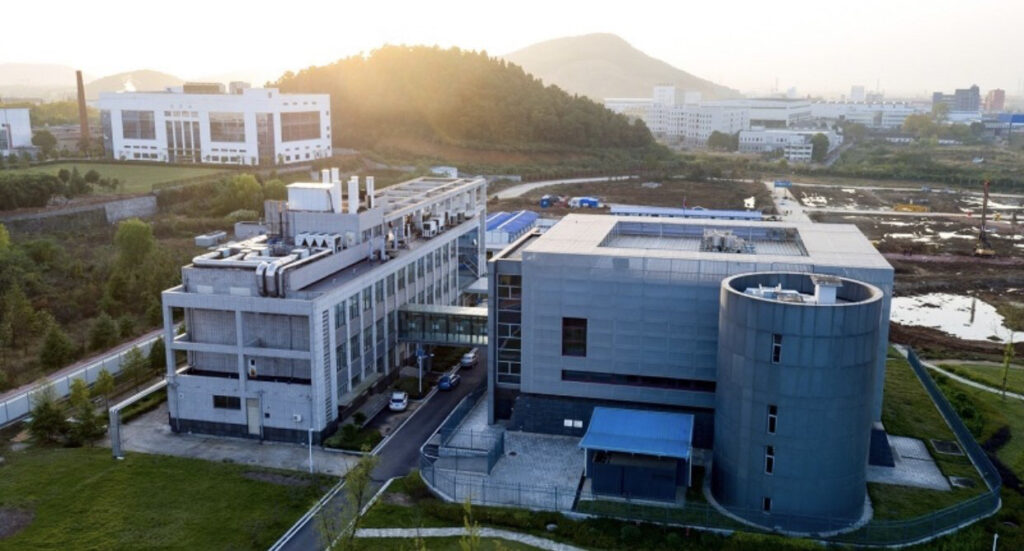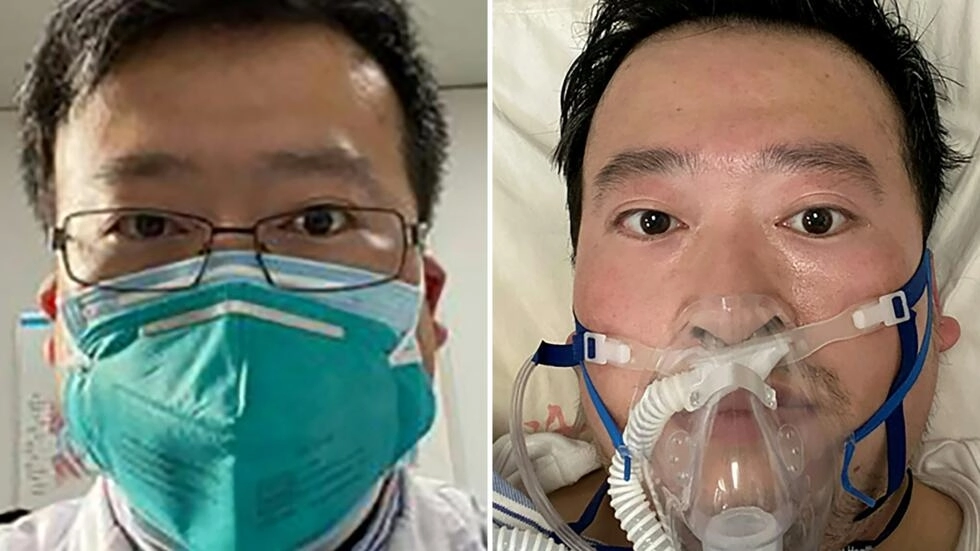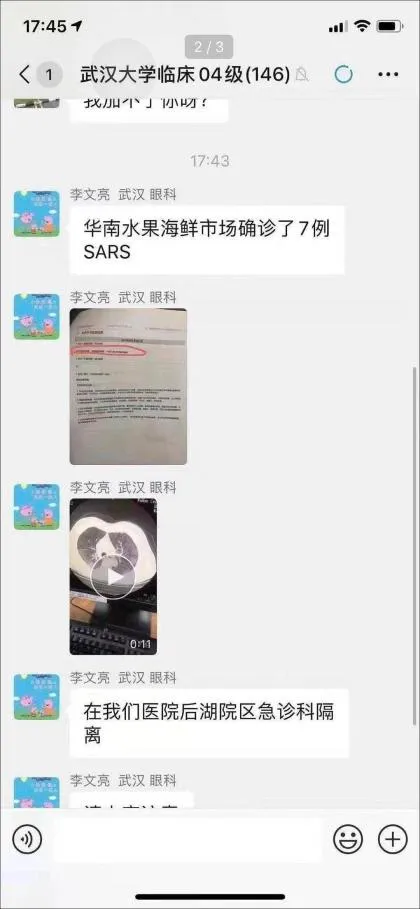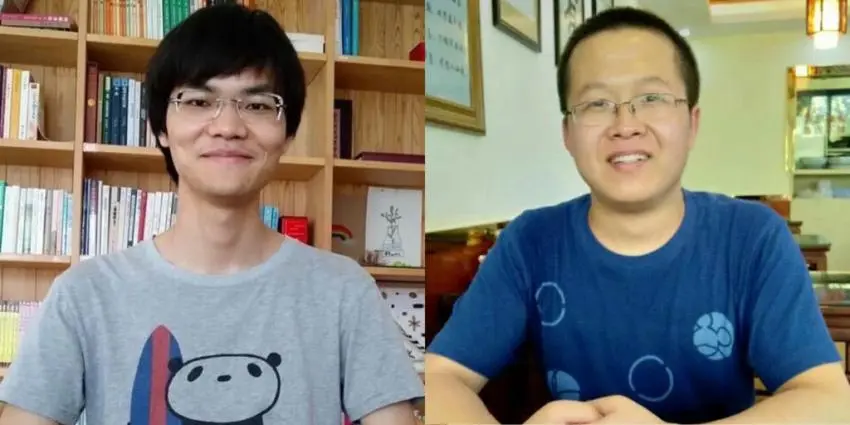The Rundown
Earlier this week, the Department of Energy and the FBI announced that they believe a lab leak in Wuhan, China, to be the “most likely origin” of the Covid-19 pandemic. While there is still debate as to the origins of the pandemic, this is the first theory to gain the endorsement of a government agency. The announcement marks a shift in rhetoric from the US government, which previously downplayed the lab leak hypothesis. These announcements come amidst mounting tensions with China, which denies any theories or allegations that the outbreak is linked in any way to their research labs. The origin of the Covid 19 pandemic is a controversial topic, and social media sites like Facebook and Twitter have censored and removed content related to a lab leak in an effort to mitigate misinformation. However, the official announcements by the DoE and FBI have given some credibility to the theory once labeled as a “conspiracy” and sparked renewed interest in investigating the origins of the virus responsible for the deaths of millions worldwide.

Coronavirus Research and Safety Concerns at the Wuhan Institute of Virology
The first publicly known virus cases were identified in Wuhan, China, sometime in December 2019. Leading up to this initial outbreak, the Wuhan Institute of Virology (WIV) was engaged in the research of highly contagious coronaviruses. The lab was accredited in 2017 as the country’s only Biosafety Level 4 lab and was only two years old at the time of the outbreak. Prior to the Covid 19 pandemic, concerns were raised by US government officials regarding its safety and the potential for a lab leak. A lack of experienced lab technicians and safety protocols, combined with the study and manipulation of viruses with a high potential for human infection, were listed as major risk factors that could result in a lab leak. In 2004, a SARS virus (SARS-Cov-1) escaped from a Beijing lab twice after researchers became sick with the virus, resulting in nine deaths and hundreds more infected. It was later revealed that three researchers studying bat coronaviruses at the WIV became ill with symptoms consistent with Covid-19 and were hospitalized in November 2019. This is earlier than what was previously considered the first known cases in December, which are often cited as giving credence to the “wet market” origin theory. The Chinese government did not immediately share this information despite being aware of the sick researchers. Clues hidden in the virus’s genome could also answer its possible origin. Researchers have discovered a “furin cleavage site” in the virus’s genetic sequence. This unique factor was previously not seen in SARS-CoV viruses, yet is a characteristic of many chimeric viruses similar to those being studied in gain-of-function research conducted at the WIV.
This highly controversial research can involve altering viruses to make them more pathogenic in order to study them. The US government previously placed a moratorium on gain-of-function research while assessing the risks involved. One expert stated, “Enhancing potential pandemic pathogens in this manner is not worth the risk.” However, the moratorium was lifted in 2017, the same year WIV was accredited. Evidence shows that the WIV collaborated with the US non-profit EcoHealth Alliance to conduct gain-of-function research on coronaviruses at their lab using grant money from the National Institute of Allergy and Infectious Diseases, despite stipulations stating the money was not to be used for that purpose. Conducting gain-of-function research to make already highly transmissible viruses more pathogenic, safety concerns, and a lack of experienced lab technicians all support the plausibility of the lab leak hypothesis. Compounding the issue is China’s unwillingness to cooperate with international experts and organizations investigating the matter.
CCP Efforts To Hide Information
We believe there should be a full investigation into the origins of Covid-19. However, conducting a proper investigation has been made nearly impossible by the Chinese Communist Party (CCP), and we can only speculate at this point as to why. We will lay out some of the measures taken by the CCP to suppress information and hinder investigations.
Silencing Whistleblowers

Dr. Li Wenliang was an ophthalmologist at the Wuhan Central Hospital and a member of the CCP. On December 30, 2019, Wenliang posted a message in a Wuhan University clinical class group chat on the popular Chinese app “WeChat.” He stated, “Seven cases of SARS have been confirmed in the South China Seafood Market, ” reminding his classmates, clinicians to “let family members and relatives pay attention to precautions.” To prove what he said was true, Li Wenliang also sent a clinical pathogen screening test result and the patient’s chest CT scans in the group with the words “Positive SARS coronavirus detected with a high confidence positive indicator.” He added, “The latest news is that the coronavirus infection has been confirmed.”

On January 3, 2020, he was warned and reprimanded by the local police station for “publishing false statements on the Internet.” Dr. Li Wenliang was forced to sign an “Admonishment Letter” and was accused of “severely disturbing the social order” He died on February 7 after being infected with covid on January 10.

Cai Wei and Chen Mei were volunteers for Terminus 2049, a crowd-sourced project archiving materials published on Chinese media outlets and social media platforms removed by censors. From the beginning of the Covid-19 outbreak, Cai and Chen posted interviews, news articles, and personal accounts about the coronavirus. On April 19, 2020, they were detained by Beijing police and accused of “picking quarrels and provoking trouble.” Access to Terminus 2049 appears to have been blocked in mainland China after they were detained. They are still in custody.
According to a source, who asked to remain anonymous, with access to mobile ad data, when a geofence was placed over Wuhan before the COVID outbreak, many mobile devices populated the area. After the outbreak, it was much more challenging to locate mobile devices. Geofencing technology creates virtual geographical boundaries through software and can potentially identify mobile devices in a specific area.
For example, if someone agreed to show their location on an app, mobile ad data would pick it up. The software is used to build a pattern of life (POL) on a person or people of interest, to have a piece of technical evidence about their movements/habits/behaviors. These results suggest that the CCP likely tried to suppress the flow of information within Wuhan.
China has not been forthcoming with information and data regarding research being conducted at the lab, as well as the case reports and timelines. China also did not follow protocols the World Health Organization set forth in reporting cases of SARs. Despite having enough information to be legally obligated to do so, China never notified the WHO that the Wuhan outbreak may constitute “a public health emergency of international concern.” China also withheld information about the virus, which could have aided international response efforts. Records uncovered that the entire virus database at the WIV was taken offline in September of 2019, and China chose not to immediately share the WIV’s completed genetic mapping of the virus. A laboratory in Shanghai responsible for publishing the SARS-CoV-2 genome online was subsequently shut down for “rectification,” presumably because they published the information without authorities’ consent.
US Government Changes Rhetoric
The lab leak theory initially was a minority view, with few researchers and scientists believing this may have caused the pandemic. Shortly after covid-19 spread globally, it became a partisan issue in the United States, and it sparked debates about social media censorship and big tech companies’ role in contemporary politics. One of the largest critics of the lab leak theory is Peter Daszak, the president of EcoHealth Alliance. Daszak himself has come under fire for not being forthcoming about his ties to the WIV, or how closely he worked with Shi Zhengli (the virologist in charge of bat coronavirus research at the WIV), and the nature of the research being conducted there. Fauci stepped down as director of the National Institute of Health in December of last year. Could this change in rhetoric and release of information possibly be due in part to a new director, one without ties to lab research at the center of the investigation?
Takeaway
The FBI and DoE’s public endorsement of the lab leak hypothesis has caused a stir throughout the international community and reignited the debate on the origins of the Covid-19 pandemic. The announcement marks a significant change in US rhetoric. China has dismissed the lab leak theory and accused the US of “ignoring science and facts.” How will this announcement impact U.S. relations with China? The reports raised more questions than answers, including the timing of the announcement, which comes more than two years after the FBI stated it assessed with “moderate confidence” that the lab leak was the most plausible theory of origin.
